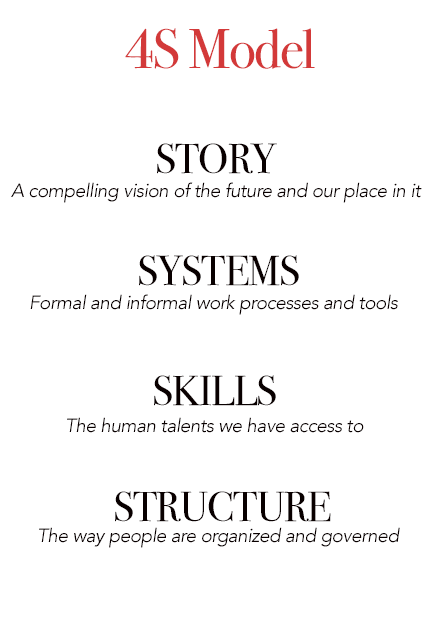The Story behind my process
“Simplicity is the ultimate form of sophistication.”
~ Leonardo Da Vinci
When I was studying computer science in my undergrad, I learned a lot about both software and hardware. I learned how to come up with an algorithm to solve a problem. As a result, I came up with well-intentioned but terrible solutions. They were efficient enough, just not especially usable, useful, or considerately designed.
I care about good design because I have perpetrated the other kind.
“Simple can be harder than complex: You have to work hard to get your thinking clean to make it simple. But it is worth it in the end because once you get there, you can move mountains.”
Steve Jobs
Then I got into the design thinking bootcamp, a fast-paced course in user experience design. I was one of the 30 people chosen from all over Stanford to attend the course and participate in 3 design projects. It was here at the Stanford d.School (the Hasso Plattner Institute of design) that I learned the true essence of human-centered design process.
I learned that it is more important to step out of the room and into the shoes of the users to design the best solutions. And the rest is history.
My Design Process and its Evolution
As a design student at Stanford, I got the opportunity to design experiences, strategies, products and even systems for some companies in the San Francisco bay area. During this time, my design principles kept evolving and the following picture captures a snapshot of that evolution.
Good Designers borrow, and great designers steal. All Design is Redesign.
"Being a [designer] is no different than being a rugby player or construction worker, except that my tools are the mechanisms that trigger human emotion.”
~ Kirk Lazarus
These experiences at Stanford then gave me opportunities to teach design related workshops all around the globe. Teaching design thinking has made my process even more solid. It is when you teach that you understand the nuances of the tools and frameworks you use.
View a napkin from one of my workshops.
The 4S Model can be used to break down what you can design internally.

Design for Leadership and Strategic Change
During one of my consulting assignments, I was given the opportunity to work with the leadership team of a fortune 500 company, Novartis. My task during this assignment was to help Novartis redesign the customer learning experience for global customers in the healthcare space.
HOW MIGHT WE help Global Education & Training Department improve their quality and resposiveness.
I along with the Stanford design School Teaching Team, helped the big organization identify culture issues and gaps in their management. I then laid out steps to be taken by Novartis to address the challenges faced by the company. This was followed by a few workshops and sessions which me and my Stanford team organized to help change the mindsets within the organization.
Story behind the ‘Trojan Unicorn’
Sometimes big organizations have challenges with their culture which leads to scenarios where people are too scared to change things or think independantly.
For handling similar change projects in big organizations, I deviced a framework which I dubbed the 'Trojan Unicorn' Framework. This can be used by large organizations to bring about changes in their culture, management processes or thought leadership.
The following video explains the framework.
You can’t understand a system unless you try to CHANGE it.
I recently shared the eight most important design lessons that I've learned during my experiences in a Medium post.
This sparked conversations on Medium, Twitter and LinkedIn. I am glad that these lessons are helping some budding designers and Product Managers out there and I hope to share more such lessons with the design community.
The post was later published on the Stanford Whiteboard, which is a prime learning resource for Stanford students.
After seeing the advantages of design thinking methods in product development, I've tried to spread this revolution beyond Stanford, by giving hands-on workshops.
In learning you will teach, and in teaching you will learn.
Phill Collins
Since then, I've got a lot of opportunities to teach design thinking workshops in San Francisco Bay Area and around the world.
If you’re someone who deeply cares about creating great user experiences and are looking for someone to have a conversation about products, I can help.
Let's Connect